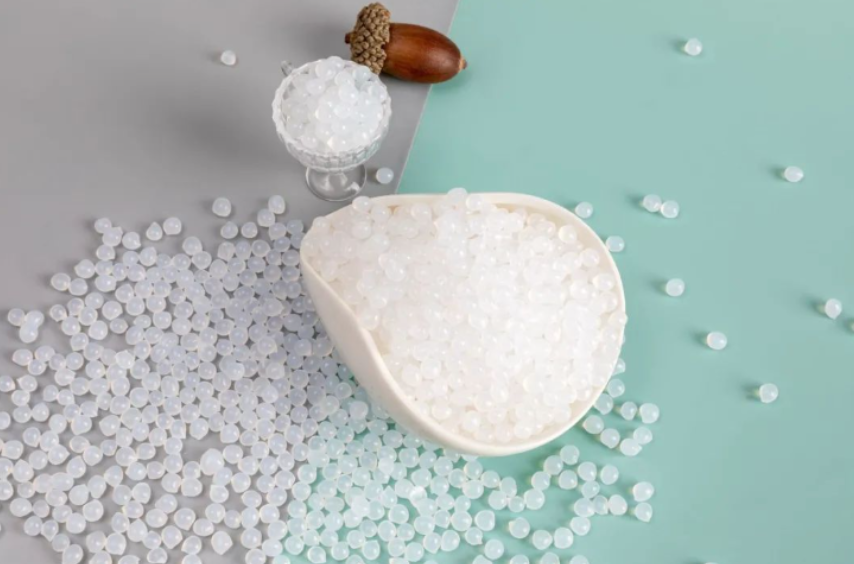October 28, 2024 – The plastic industry is witnessing a shift, as a novel type of plastic known as Amorphous Poly Alpha Olefin (APAO) gradually emerges from the shadows, capturing widespread attention with its unique properties and vast application potential. Traditionally, plastics like Polyethylene (PE) and Polypropylene (PP) have dominated the market due to their stability, durability, and low cost. However, APAO, often referred to as Amorphous poly alpha olefin, is making waves with its distinct advantages.

APAO is an amorphous copolymer derived from the polymerization of alpha-olefins such as ethylene, propylene, and 1-butene. Its low molecular weight and high degree of randomness in molecular chain arrangement set it apart from isotactic polyolefins, making it suitable for various applications. According to AsiaMB’s insights, APAO excels in flexibility, transparency, and processability compared to traditional plastics.
The random arrangement of APAO’s molecular chains grants it exceptional flexibility, maintaining good ductility even at low temperatures and resisting cracking. Furthermore, APAO boasts natural high transparency, achieving high light transmittance without additional treatment, significantly expanding its range of applications. Its good melt flow properties facilitate easy processing into complex shapes, and its adaptability to processing conditions minimizes stress concentration. Additionally, APAO’s chemical stability and resistance to various chemicals enhance its longevity in harsh environments.
Thanks to these superior properties, APAO finds widespread use in multiple sectors. In packaging, its flexibility and transparency make it ideal for food packaging and cling films. In the wire and cable industry, its flexibility and electrical insulation properties offer broad prospects. In medical applications, APAO’s chemical stability and biocompatibility show potential value. Moreover, APAO finds applications in asphalt modifiers, hot melt adhesives, rubber and plastic masterbatches, waterproof materials, anticorrosive coatings, polymer modifications, and electronic potting compounds, bringing innovation and possibilities to these industries.
The production of APAO primarily involves copolymerization reactions through solution polymerization, batch, or continuous slurry processes. Currently, the continuous slurry process is the mainstream method, utilizing solvents like solvent oil, naphtha, and gasoline under high temperature and pressure conditions. After copolymerization, the product undergoes post-treatment, pelletizing, and molding to produce granular APAO.
Globally, several companies produce APAO, including Evonik from Germany, Eastman and REXtac from the United States, and Liaoyang Liaohua Qida Chemical Co., Ltd., from China. Notably, Qida Chemical is the only APAO producer in Asia, having successfully scaled up APAO production since breaking through the technology in 2002, offering stable product quality and cost-effectiveness. Additionally, Liaoning Xiangping New Material Technology Co., Ltd., is actively planning an APAO production project, expected to further drive APAO’s development in the domestic market.
In conclusion, Amorphous Poly Alpha Olefin (APAO) is reshaping the market landscape of traditional plastics with its unique advantages and broad application prospects. As technology advances, APAO is poised to play an increasingly significant role in the plastic industry.














